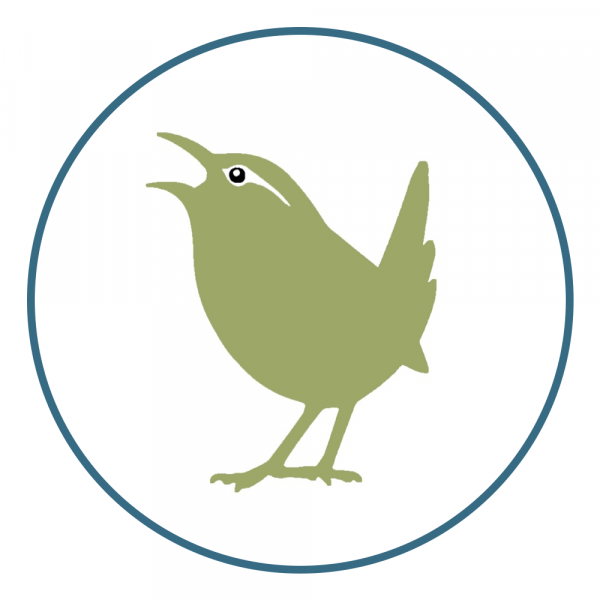Become more connected to nature, learn about your garden wildlife and contribute to important scientific research by joining our community of Garden BirdWatchers.
Garden BirdWatch volunteers can view and enter data in the online portal.

Time, skill and support
You will spend as much time as you like each week recording birds in the garden or other greenspace, from a minimum of 20 minutes per week.
You need to be able to identify common garden birds by sight. If you can't identify the less common birds in your garden, it's OK to leave them off your lists.
Resources are available online to help with recording your observations and data entry, and there are videos and training courses available to boost your bird identification skills.
About Garden BirdWatch
 BTO has run the year-round Garden BirdWatch scheme since 1995, and thousands of people across the UK contribute their sightings each week.
BTO has run the year-round Garden BirdWatch scheme since 1995, and thousands of people across the UK contribute their sightings each week.
Gardens are really important habitats for wildlife, but we need to understand how and why populations of garden birds and other wildlife are changing, and how we can help them.
The more we can understand about how birds and animals use our gardens, the more we can improve our cities, towns, villages and individual gardens for wildlife.
Taking part
You can help by keeping a simple list and telling us which species visit each week, helping us learn about how wildlife uses the food, shelter and other resources in our gardens.
Join Garden BirdWatch for free
Project team
Leads
Follow this project
Contact
- gbw@bto.org
Project timeline
- Jan 1995 Garden BirdWatch recording begins
- Dec 2010 Big Garden Beakwatch Survey launched
- Dec 2011 Abnormal Plumage Survey launched
- Jan 2014 Garden Wildlife Health project launched